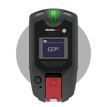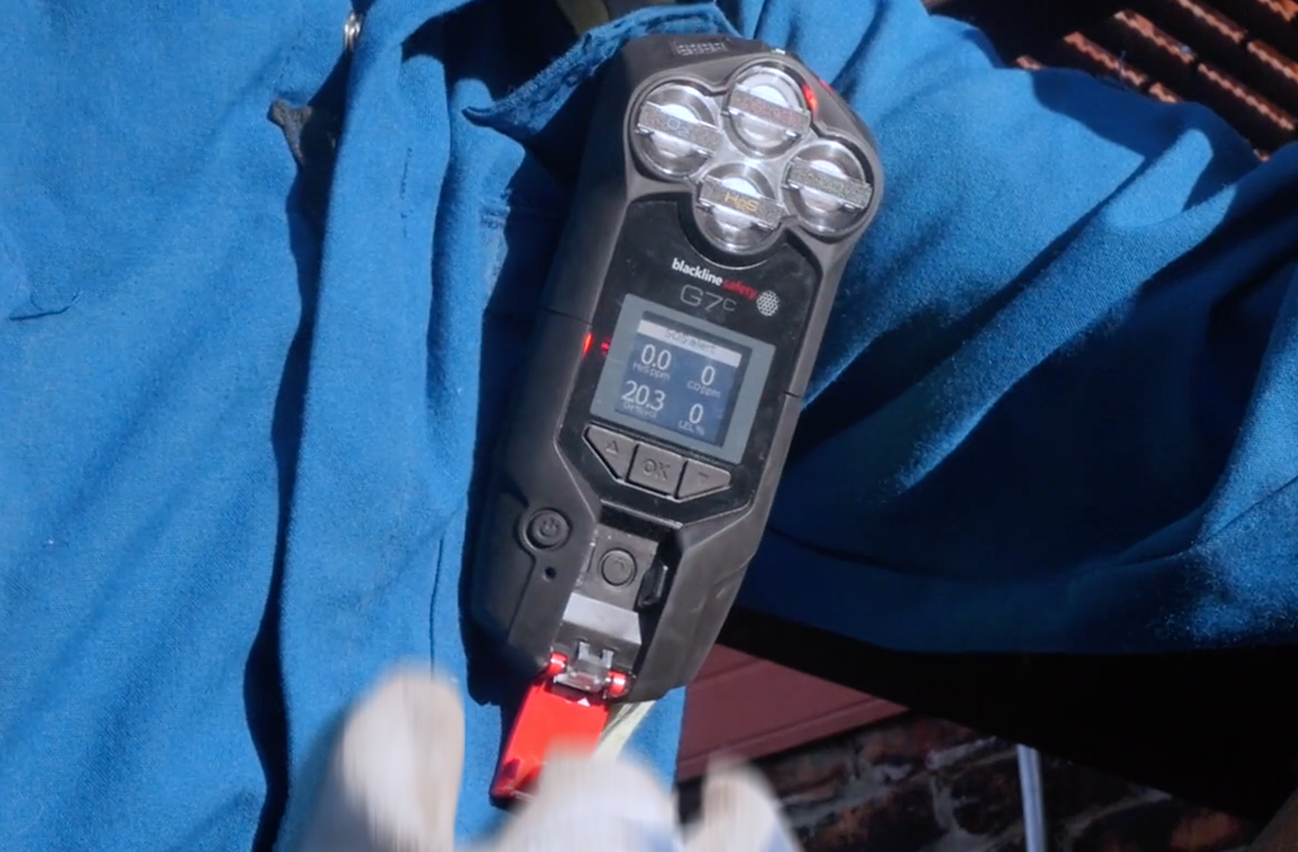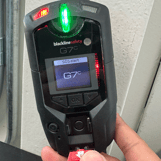Blackline Safety is a technology leader driving innovation in the industrial workforce through IoT (Internet of Things). With connected safety devices and predictive analytics, Blackline enables companies to drive towards zero safety incidents and improved operational performance. Blackline provides wearable devices, personal and area gas monitoring, cloud-connected software and data analytics to meet demanding safety challenges and enhance overall productivity for organizations with coverage in more than 100 countries. Armed with cellular and satellite connectivity, Blackline provides a lifeline to tens of thousands of people, having reported over 200 billion data-points and initiated over seven million emergency alerts. For more information, visit BlacklineSafety.com and connect with us on Facebook, Twitter, LinkedIn and Instagram.
Real-life Incident: Bram’s Story – Attacked with Broken Glass
Blackline Safety, Leader in Connected Gas Detection & Lone Worker Safety
July 16, 2024

Utility worker attacked by a stranger, pulls SOS latch for help
Rain drizzled from dark, ominous clouds as Bram—a utility worker who had just finished repairing streetlights—walked along a busy Amsterdam sidewalk on his way home from work. It was a Friday night, and the pubs and restaurants were packed, making the narrow street crowded as people made their way from work to their evening plans.
Suddenly, Bram heard crashing and yelling coming from a pub he was passing by. People spilled out onto the sidewalk. Pain resounded in Bram’s shoulder as he was knocked sideways. He found his footing and stood upright, only to have a broken bottle thrust into his chest.
Recognizing that he was in danger, Bram lurched back and instinctively pulled the SOS latch on the G7 lone worker device he wore on his lapel.
Answered in seconds
Within seconds, an agent with the Alarm Receiving Center (ARC) monitoring Bram’s device responded. The agent heard scuffling, shouting, and swearing. When she didn’t hear a response, she tried again.
“Bram?” the agent said. “Are you okay? What help do you need?”
Bram finally responded through his device’s two-way voice capability. He confirmed he had shaken off his attacker.
“I’m okay,” he said. “Someone just attacked me with broken glass.”
“I’m sending help right now,” the agent replied.
It took the agent less than a minute to dispatch help and confirm the police were on their way to Bram.
“I’m so thankful for I could use the SOS on my device and instantly talk to someone,” said Bram. “The attacker heard the ARC agent respond, and it scared them off.”

Thanks to his G7, which got him immediate help and scared off his attacker, Bram made it safely home that evening. Luckily, because he was wearing a thick work jacket, he was not injured by the glass.

A joint study by the Bureau of Justice Statistics (BJS) and the Bureau of Labor Statistics (BLS) and the National Institute for Occupational Safety and Health (NIOSH)

Connected and protected
Blackline's connected safety technology protects workers—both on the job and in the community—in over a dozen industries, from utilities and water & wastewater to energy and transportation. Our cloud-connected wearables, area gas monitors and monitoring software can be configured to mitigate just about any risk, at any operation, anywhere in the world.

As Bram discovered, nothing can replace a real voice responding when there’s an incident. When seconds and minutes can make the difference between life and death, real-time response and two-way voice let workers know that someone is looking out for them and will stay with them until help arrives. With Blackline at their side, workers are never alone and unprotected.

Read more on how to protect your lone workers from violence
This real-life incident is a true story. Names and identifying details have been changed to protect the privacy of the people involved.
More Real-Life Incidents
 |
Real-Life Incident: Sasha’s Story – Meter Check Turns DangerousLone worker device helps protect the safety and well-being of a meter reader.
|
Get In Touch
Let’s start a discussion about your safety challenges and needs.
Related Blog Posts
Real-life Incident: Lieutenant Anderson II’s Story – The Silent Killer
February 25, 2025
‘The absolute worst atmosphere I've seen': How G6 alerted first responders to lethal CO levels The scene that greeted firefighters as they...
Real-life Incident: Anna’s Story – Heart Attack While Working Alone
January 22, 2025
‘Please hurry!’How Anna’s G7 Saved Her Life Pain ripped through Anna’s chest and back, taking her breath away. She felt dizzy and like she was...
Real-Life Incident: Leo’s Story - Stranded in the Wilderness
December 13, 2024
'I am stranded': Well site inspector credits Blackline connected wearable device for facilitating remote backcountry rescue Leo felt the quad’s...




